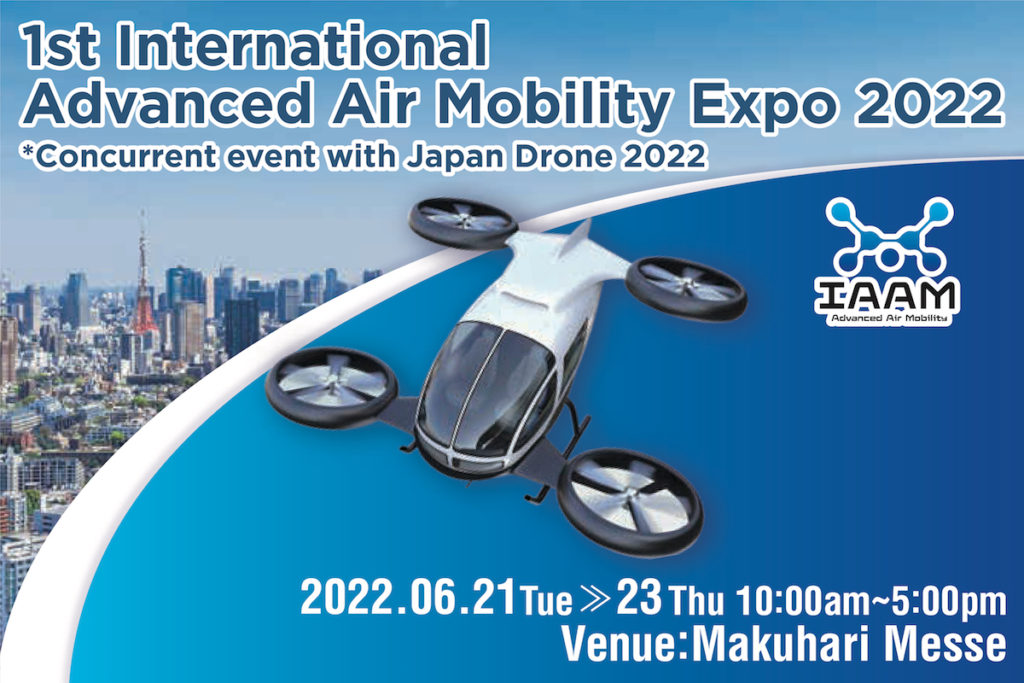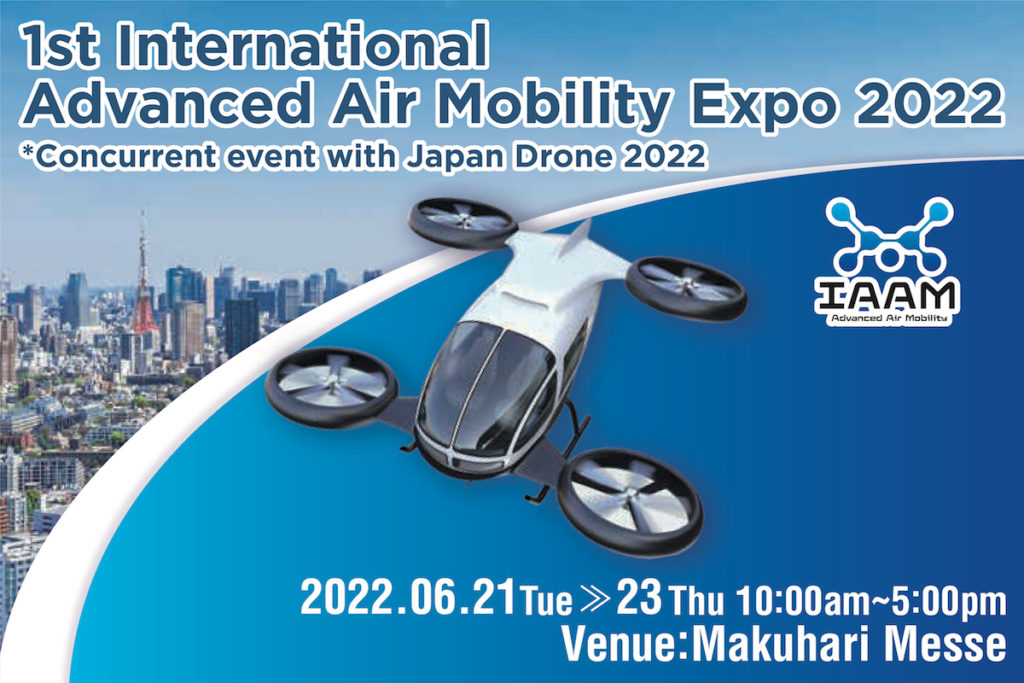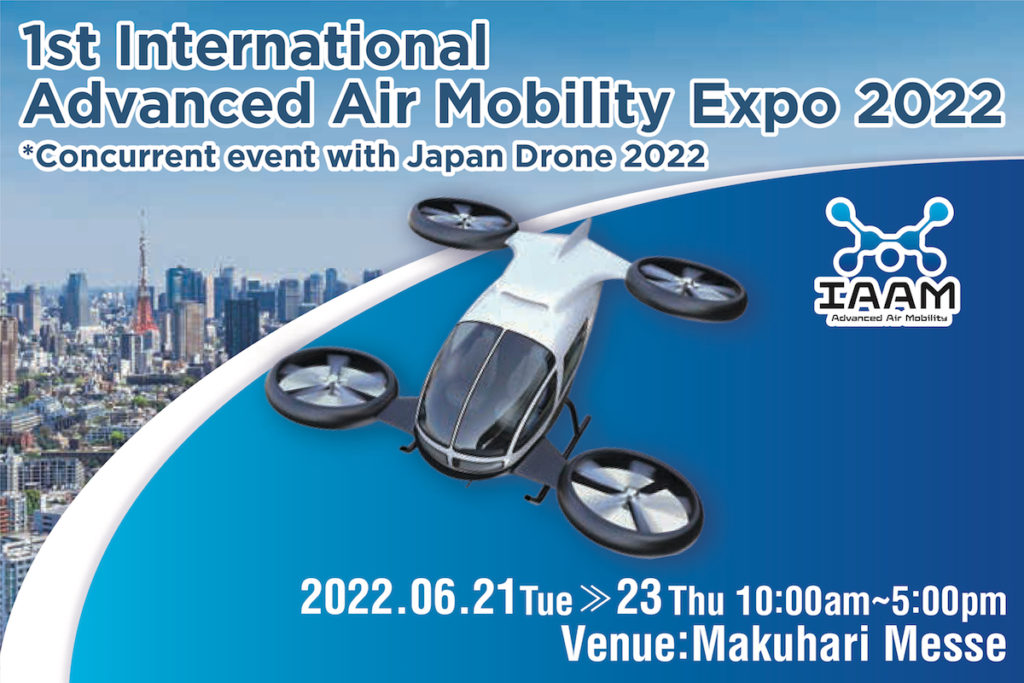Akihabara News (Tokyo) — “We will radically strengthen our country’s rocket launch capabilities,” declared Prime Minister Fumio Kishida last month.
The prime minister is concerned about Japan’s overreliance on the United States and Russia, especially since the outbreak of the Ukraine war. He wants Japan to launch more rockets into space from its own facilities.
Currently there are two existing rocket launch venues in Japan, the Tanegashima Space Center and the Uchinoura Space Center, both in Kagoshima Prefecture. These facilities are open to private companies as well as to international collaborative efforts.
However, these older launch sites are in need of upgrade. Tanegashima is slated to expand storage facilities for rocket engines and other components, which will allow for more frequent launches.
In addition, Oita Airport expects to become the first venue in Asia for the launch of a satellite into space from an airplane, which may take place as early as this year.
The Kishida administration is concerned about growing competition from other Asian nations, many of which are developing their own space ports and could draw business away from Japan.
In terms of the rockets themselves, Japan’s national efforts took off with the H-II rocket, first test launched by the now-defunct National Space Development Agency of Japan in 1994.
Its successor rocket, the H-IIA, was turned over to Mitsubishi Heavy Industries (MHI) as a privatization measure in 2007.
MHI and the Japan Aerospace Exploration Agency (JAXA) are now hard at work to prepare the next generation H3 launch vehicle, touted as being more cost competitive. However, the inaugural launch of the H3 has been repeatedly delayed due to engine problems.
On the startup scene, Interstellar Technologies has launched several rockets to the edge of space, last year successfully delivering its first payload.
The government is planning to offer Japanese firms additional support through the placement of launch orders.
Recent Space Industry Related Articles
Insurance Company Backs Space Industry Startup
Nissan Unveils Moon Rover Prototype
Food Production on the Moon and Mars
The post Japan’s Growing Rocket Industry Ambitions appeared first on Akihabara News.
Source: Akihabara News – Japan’s Growing Rocket Industry Ambitions







